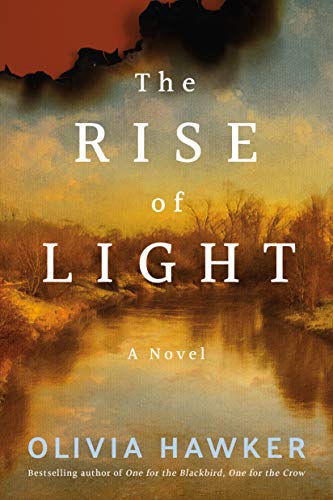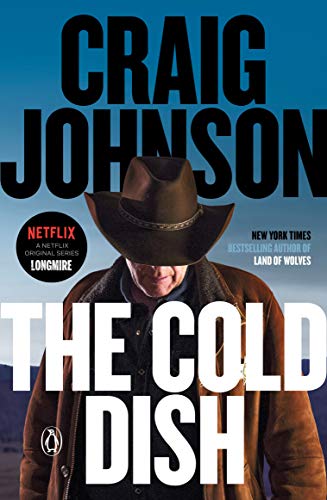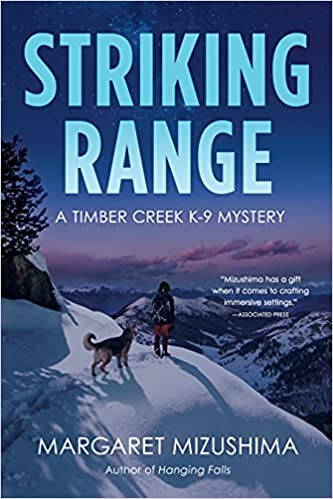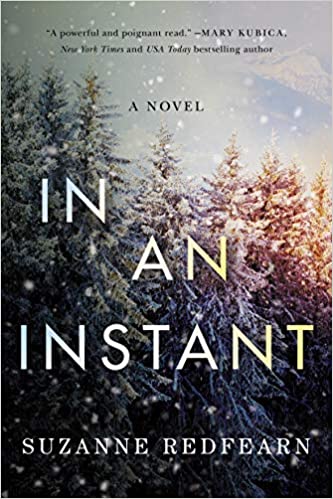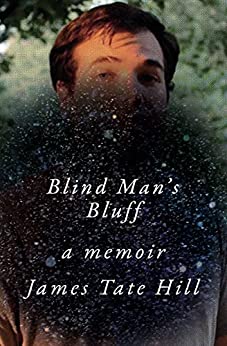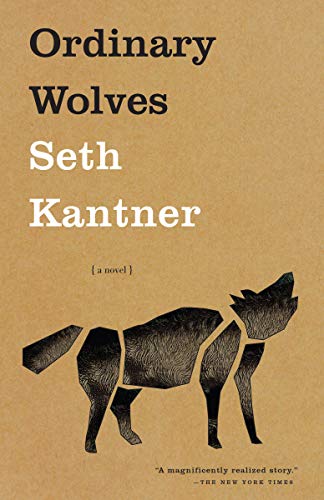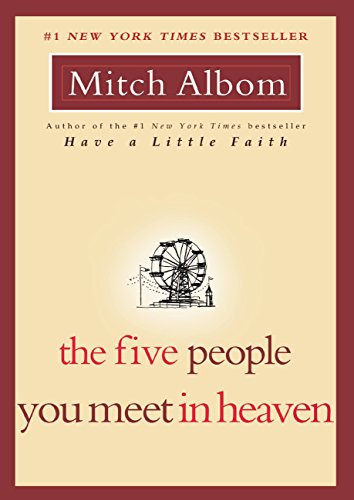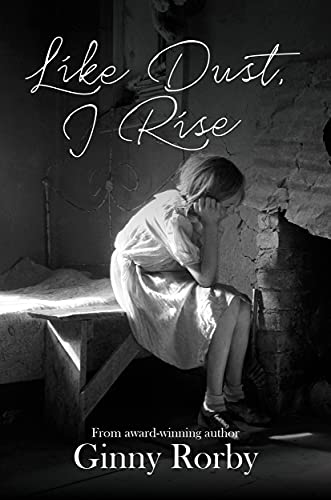
All That Is Secret (An Annalee Spain Mystery Book 1) by Patricia Raybon is an absorbing novel that takes place in Denver, Colorado, 1923.
Annalee Spain leaves her teaching position as a theologian at a Bible college in Chicago to solve her father’s murder in Denver. As a “colored” woman, the venture is dangerous with the KKK wielding influence and terror, and corruption running rampant.
Annalee is a smart woman, and an avid amateur sleuth. Each chapter heading provides an apt quotation from her hero, Sherlock Holmes. Even though she held an impressive position as a professor, Annalee doesn’t have money. The clothes she wears are second-hand—she barely scrapes enough money together for her train fare.
The mystery she intends to solve begins on the train when she is confronted with threats. For protection, she hides in the train’s baggage car and encounters a stow-away, Eddie Brown, a twelve year-old orphan, a white boy in search of his missing father. They join forces, each with their own desperate missions.
When they arrive in Denver, they’re given shelter by handsome Jack Blake, a black minister, a well-respected man with a loyal congregation.
As the mystery unfolds, the reader gets a glimpse of Denver in the 1920s with its secrets of class, race, family and love. The author paints well-drawn, realistic personalities and situations. The story is not only a good mystery, but a realistic view of Denver in that time period, especially for a black person.


